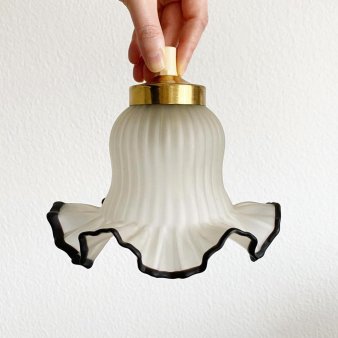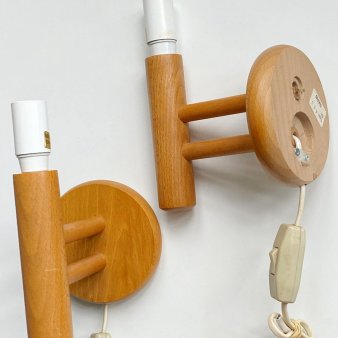Lighting
Lighting is a crucial element of interior design. It can create a specific mood, highlight important features, and even make a space feel larger or smaller. There are several different types of lighting, each with its own purpose and effect.
Ambient lighting is the general lighting of a room, and it provides an overall level of illumination. It can come from a ceiling-mounted fixture, wall sconces, or even floor lamps. Ambient lighting is important for creating a comfortable and inviting atmosphere, and it should be bright enough to navigate the room safely.
Task lighting is used to illuminate specific areas for activities such as reading, cooking, or working. It can come from table lamps, desk lamps, or pendant lights. Task lighting should be bright enough to see clearly, without causing eye strain or glare.
Accent lighting is used to highlight specific features or objects, such as artwork or architectural details. It can come from spotlights, wall washers, or even candlelight. Accent lighting should be brighter than the surrounding ambient lighting, and it should be directed at the focal point to draw attention to it.
When choosing lighting for a space, it is important to consider the type of activities that will take place there. For example, a living room may need ambient lighting for relaxation and entertainment, as well as task lighting for reading or playing games. A kitchen may need bright task lighting for cooking, as well as accent lighting to highlight a beautiful backsplash or artwork.
In addition to the type of lighting, the color temperature and brightness of the light are also important considerations. Color temperature is measured in kelvins, and it can range from warm yellow to cool blue. Warm lighting is typically used in areas for relaxation, while cool lighting is used in areas for work or productivity. Brightness is measured in lumens, and it can range from dim to very bright. The brightness of a light should be appropriate for the activity, without causing discomfort or glare.
Finally, energy efficiency is an important consideration when choosing lighting. LED bulbs are a popular choice, as they use less energy than traditional incandescent bulbs and last much longer. Additionally, smart lighting systems can be controlled remotely and can be programmed to turn on and off automatically, saving energy and making your life easier.
In conclusion, lighting is a crucial element of interior design, and it can have a significant impact on the mood and functionality of a space. By choosing the right type of lighting, color temperature, and brightness, you can create a beautiful and functional space that is both comfortable and efficient.


.w338.h338.crop.jpg)

